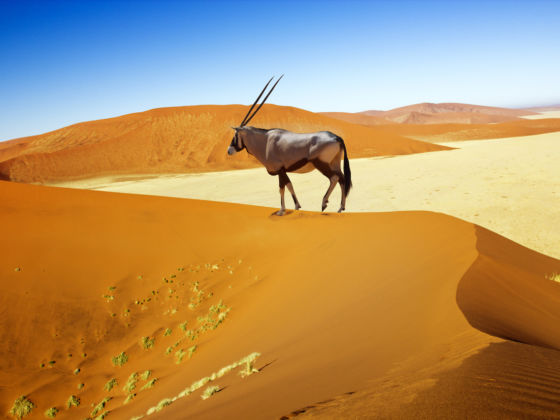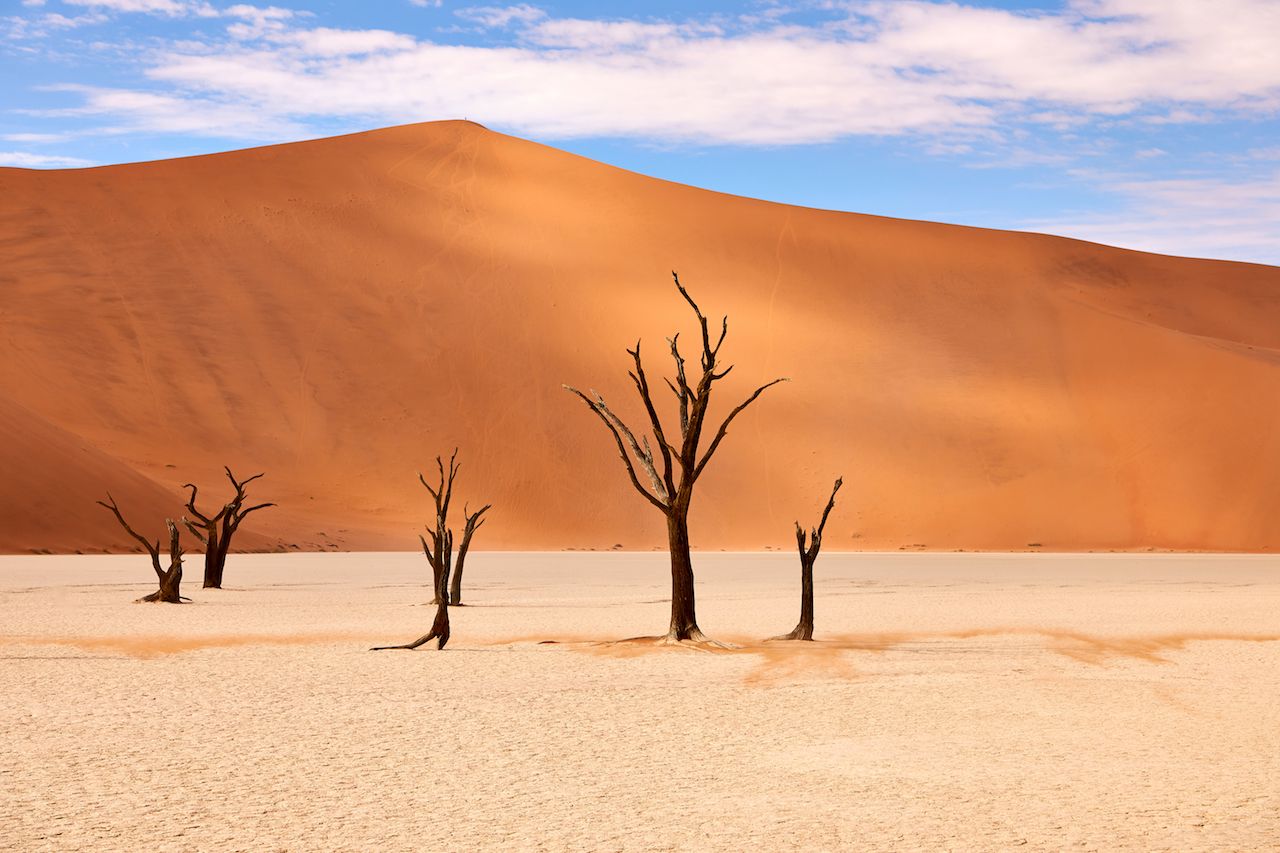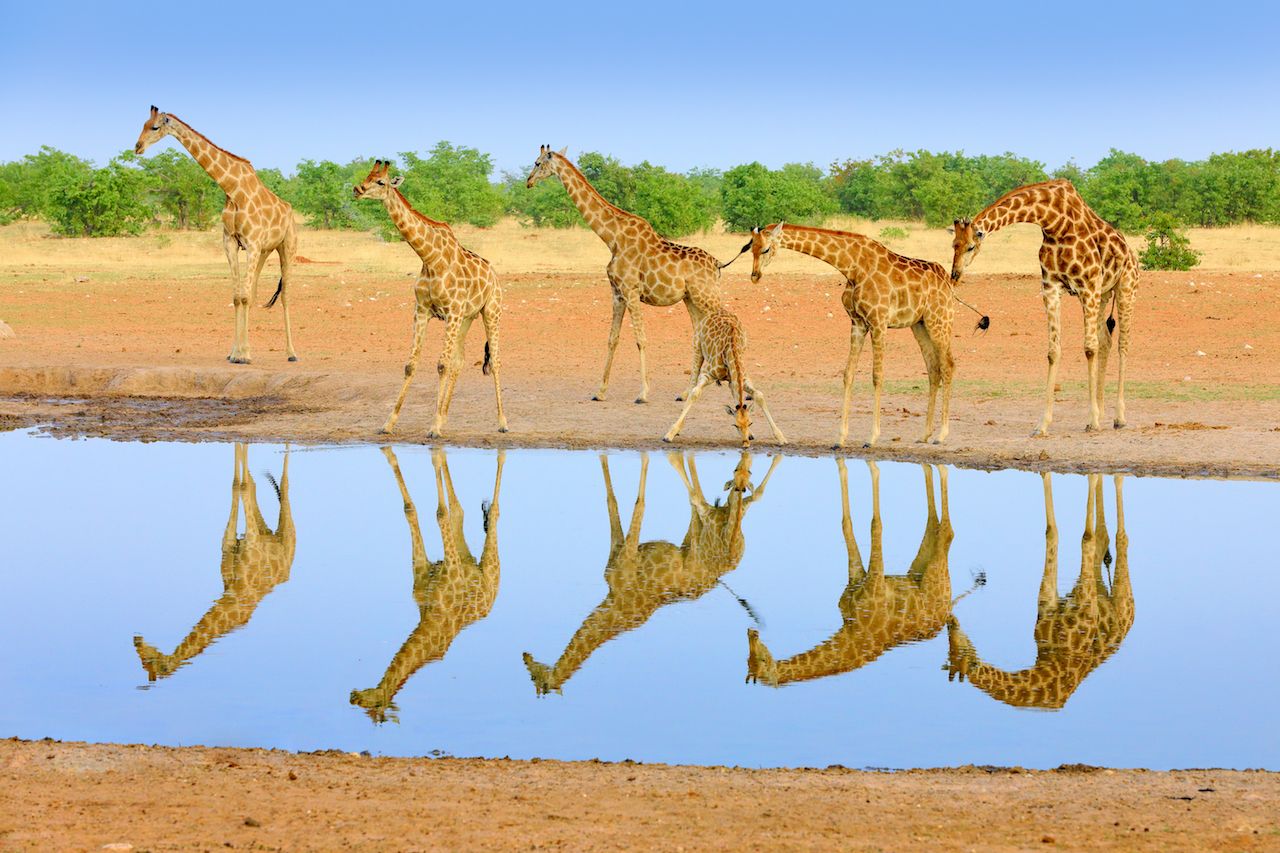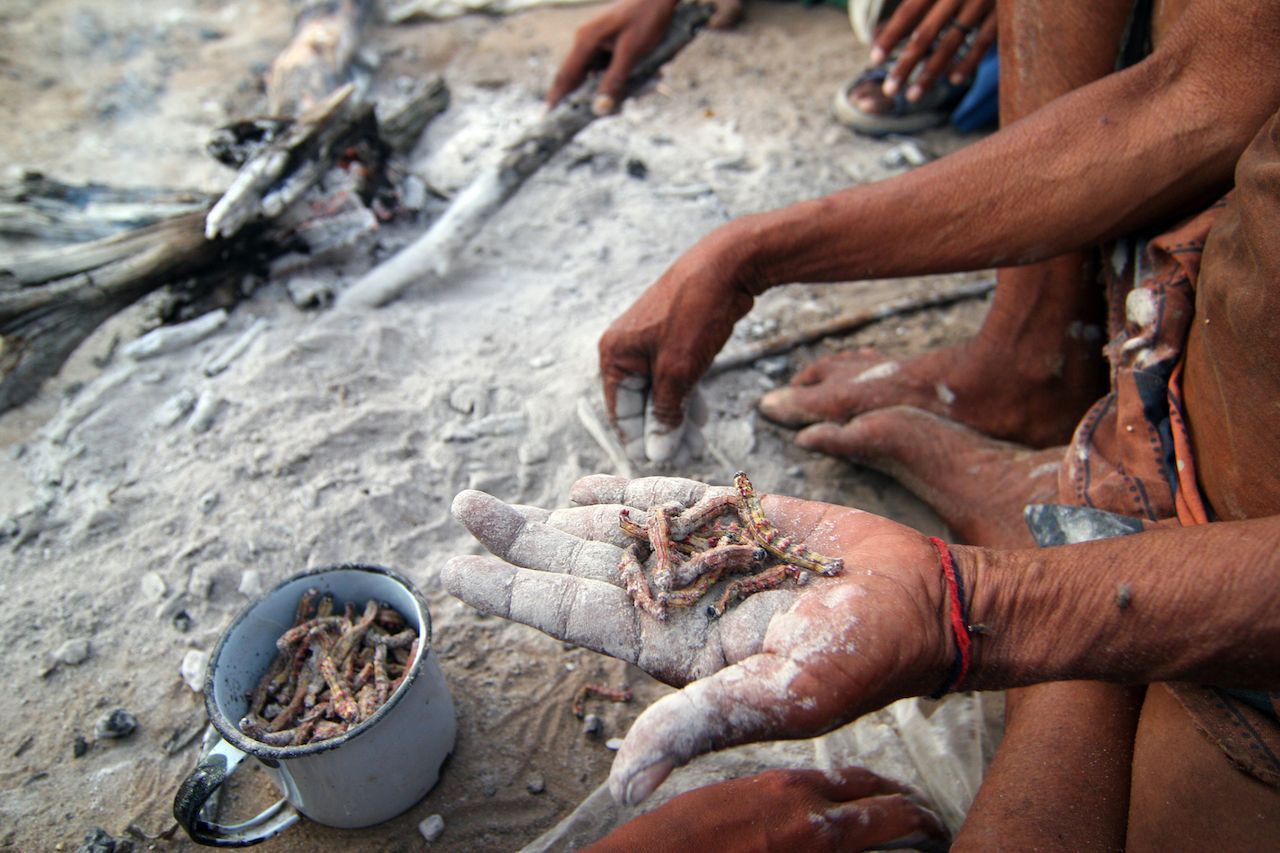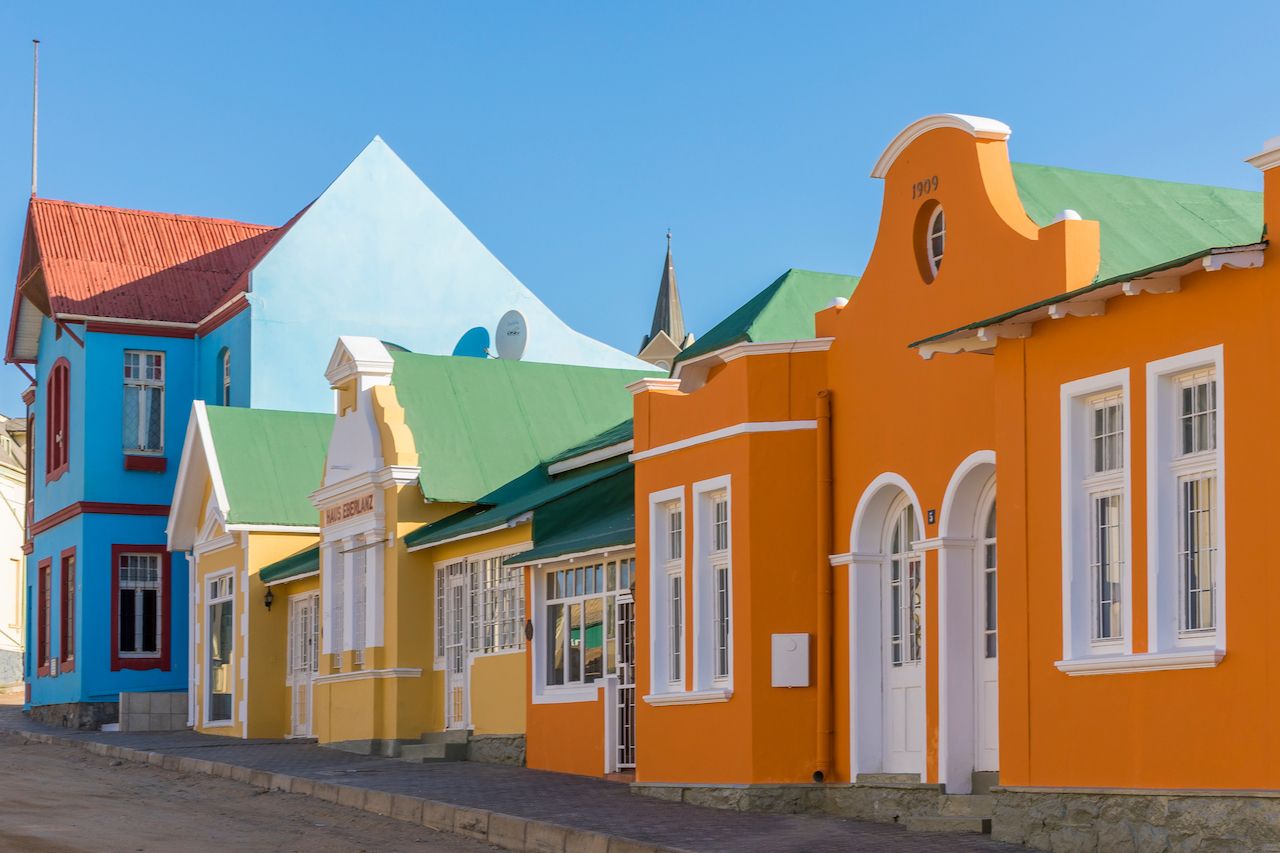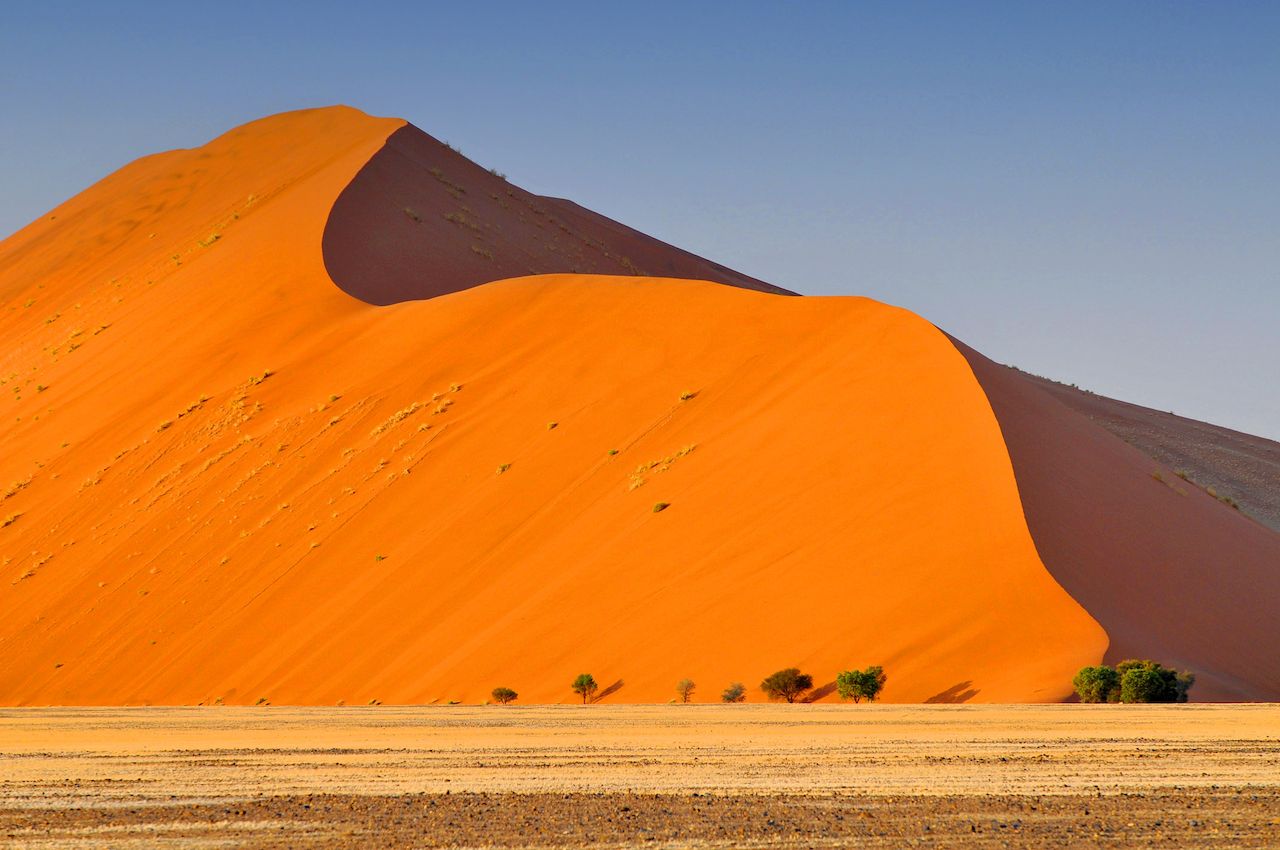Adventure seekers may not immediately think of Africa when searching for action-packed destinations, trekking instead to major outdoor hubs like Iceland, New Zealand, and Peru. But the continent is flush with unbeatable outdoor adventures, and nowhere are they more abundant than in Namibia.
Namibia draws its name from its massive emptiness, as namib is a Nama word literally meaning “vast place.” This huge expanse in southwestern Africa is one of the most sparsely populated countries in the world. Namibia has seemingly endless deserts and unbelievable wildlife, and it’s home to one of civilization’s oldest cultures, the San people. Here’s why the country is perfect for anyone seeking non-stop excitement.
